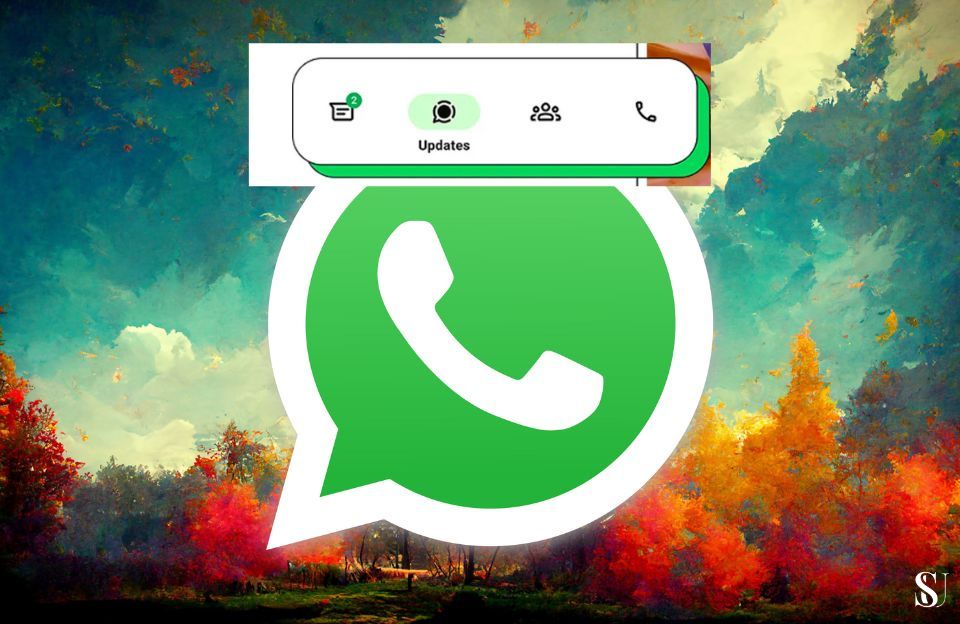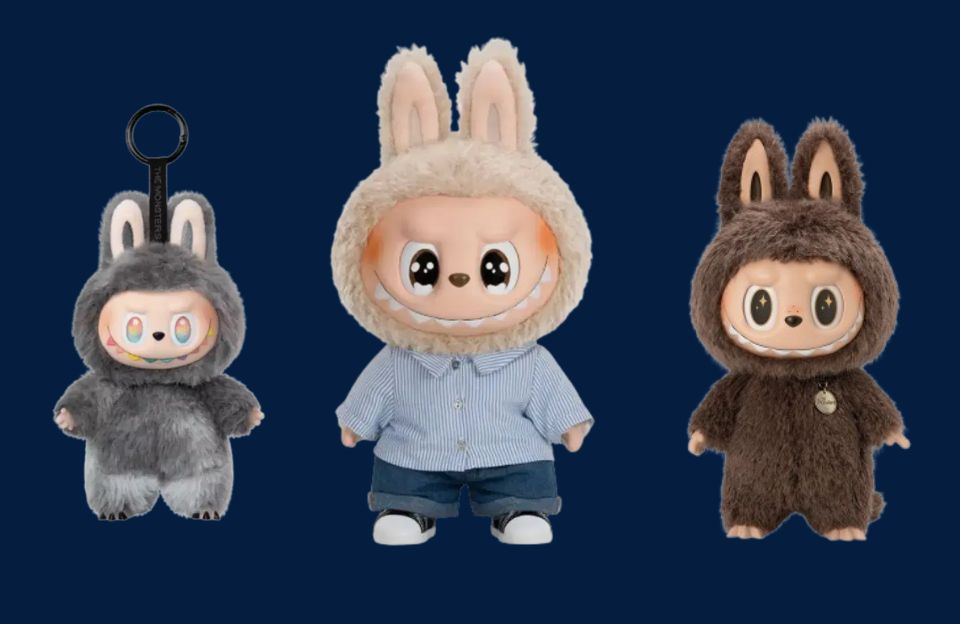In today’s fast-moving digital world, businesses are always searching for fresh ways to connect with customers. And now, the platform we all use daily — WhatsApp — is stepping into the spotlight. With over 2 billion users globally, WhatsApp has introduced new features that go far beyond simple chatting. The latest WhatsApp ad tool is opening powerful doors for advertisers and brands to directly reach people where they’re most active. But is this truly a game-changer? This blog dives into how the WhatsApp ad tool works and why it might be the start of a new advertising era.
From Messaging App to Marketing Channel
For years, WhatsApp has been known as a private, ad-free space. Unlike Facebook or Instagram, it stayed focused on personal messaging. But with business communication evolving, Meta (WhatsApp’s parent company) saw an opportunity. Now, WhatsApp is not just for texts and calls — it’s becoming a full-fledged marketing platform.
The latest WhatsApp ad tool allows businesses to run click-to-chat ads directly on Facebook and Instagram, linking users to a WhatsApp conversation. This means brands can start talking to potential customers the moment they click an ad — creating instant, personal connections.
What’s New in WhatsApp’s Ad Tools?
Let’s break down what’s new with the WhatsApp ad tool:
- Click-to-WhatsApp Ads Integration: Advertisers can now link Instagram and Facebook ads directly to WhatsApp Business chats. This reduces friction and speeds up lead generation.
- Pre-filled Message Templates: Businesses can set up quick replies or FAQs, making it easier to manage incoming messages.
- Broadcast Messaging (for Verified Businesses): Selected businesses can now send promotional messages to customers who have opted in — a big step forward in proactive outreach.
- Ad Performance Tracking: The WhatsApp ad tool comes with better analytics for tracking how many people click, message, and convert — crucial for ROI measurement.
- AI-Based Chatbots: Meta is also testing AI assistants to help brands respond faster and better, improving the user experience without always needing a live person.
These updates signal that WhatsApp ad tools are not just a feature — they’re a full-scale marketing upgrade.
Why Marketers Are Excited
The main reason advertisers are excited about the WhatsApp ad tool is simple: it’s where people already are. Consumers check WhatsApp more often than email, and they’re more likely to respond to messages than to cold calls or traditional ads.
Here’s why the new tools matter:
- High Open Rates: WhatsApp messages get seen — often within minutes.
- Personalized Communication: You can talk one-on-one, not blast a message into the void.
- Lead Nurturing in Real Time: The instant format lets businesses answer queries, share catalogs, and even close sales — all in one chat.
- Budget-Friendly for Small Businesses: Unlike expensive ad platforms, WhatsApp ad tools give startups a direct line to their audience, with fewer steps and costs.
In India especially, where WhatsApp is deeply integrated into daily life, this shift is expected to redefine digital marketing strategies.
How Brands Are Using the WhatsApp Ad Tool
Many brands are already jumping in and getting creative. For example:
- Local salons and clinics are using click-to-chat ads to take appointment bookings.
- E-commerce startups are handling customer support and product queries instantly.
- Restaurants are sending daily menus and discount updates to subscribers.
- Ed-tech platforms are delivering course information, demo videos, and reminders through WhatsApp chats.
The WhatsApp ad tool is proving especially effective for industries where trust, speed, and convenience are key.
Potential Challenges to Watch Out For
Of course, no tool is perfect. While the WhatsApp ad tool has strong advantages, there are a few things to consider:
- Privacy Concerns: Users may be cautious about brands messaging them directly.
- Opt-in Rules: Businesses must get customer consent before sending promotional messages.
- Scalability Issues: For large volumes of queries, smaller businesses might struggle to respond quickly without automation.
- Learning Curve: Ad setup, chatbot integrations, and message templates take time to configure.
Still, with Meta continuing to invest in business features, these issues are likely to become easier to manage over time.
Conclusion: Is This the Future of Digital Marketing?
The answer seems to be yes. WhatsApp is no longer just a chat app — it’s becoming a powerful marketing platform. The WhatsApp ad tool allows businesses of all sizes to build real relationships, respond in real-time, and reach people in a more personal and direct way. It brings together convenience, familiarity, and technology in one space.
As digital ads become more competitive and consumers crave genuine interaction, tools like this stand out. If used thoughtfully, the WhatsApp ad tool can help brands move beyond clicks and into real conversations. And that could change everything.



